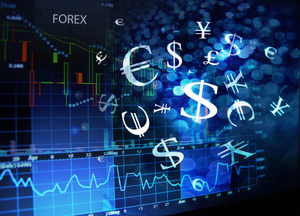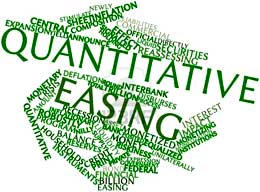Often novice traders assume that any time is a good time for trading, but this is not right. The movement of the forex market is strongly influenced by forex trading hours in the global financial markets, namely:
– Tokyo session
– London session
– New York session
Trading activity on the forex market hours in the London session more than the other sessions. In addition, there are certain days where the activity of market movements will occur more.
From the following table we can see moving average pips every day of the week:
Currency Sunday Monday Tuesday Wednesday Thursday Friday

We can see from the table above, that in those days in the mid-week movement occurs more frequently, then the day is what is the best day for forex trading.
When you look at the schedule on the forex market, we see that Friday was a pretty busy day until at 12:00 ET (00:00 pm or Saturday), after which the activity will drop dramatically until the close of the New York market hours at 5 : 00 pm.
The days where there is a high market movement this is the best time for forex trading because it is likely to get into a bigger profit.
Pick The Right Time To Trading
Although the forex market is open 24 hours a day does not mean that an activity transaction (price movements) in a non-stop at any time. Therefore, it is important for traders to wisely manage and choose the best forex trading hours.
It is not possible for a trader to trade every day in every session forex. Everyone needs a break, as it is for the trader.
In addition to learning about the forex trading strategies and ways, each trader must understand exactly WHEN the hours of the best forex trading, or vice versa can also be said: Every trader must understand WHEN schedule forex market is not appropriate for trading.
By knowing and running the trading activities at the right time will help increase opportunities for profit / profit in trading.
Considerations Choosing the Best Forex Trading Hours:
The time when the two trading sessions take place at the same time (overlap). Usually at this time of financial news broadcast anyway and the result would be the movement of the market in a particular direction. You can easily search for information on the opening hours of the forex market.
European Session (London) tend to be more active than the other sessions.
On the days in the middle of the week usually occur more market movement, where the difference in the price difference will be large enough for couples major currencies.
Schedule Missing Forex Trading Right For:
Sunday where most people rest and not work
Friday afternoon American time (ranging on Saturday 1: 00-5: 00 pm), which decreases market liquidity due to a transition period to the end of the week.
Feasts where many people enjoying a day off
The days where there are certain major events
You can use this information to set up and choosing the right forex hours for you to undertake trading activities, but if you do not have time during the hours recommended, do not be discouraged. There are other ways that can be used, for example using the strategy as ‘swing trader’ or ‘position trader’.
After you determine when the best time for forex trading, there are also other things that you should know, that the effect of the news on the forex market. Use the forex calendar for information on economic news broadcast because often this will lead to currency price movements is very large in a short time. In addition, also learn what the most influential forex news on the market.

